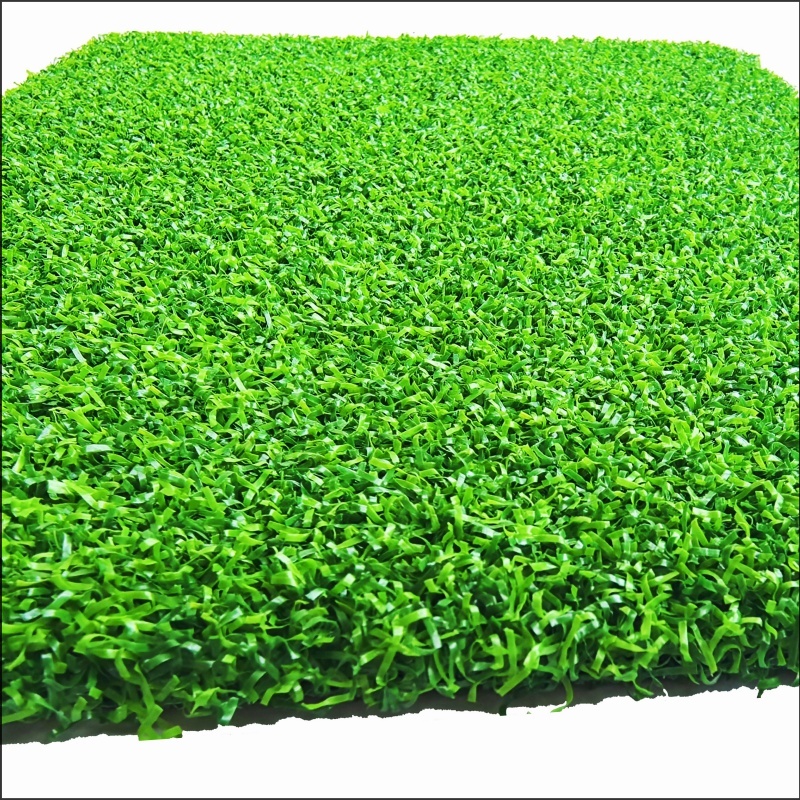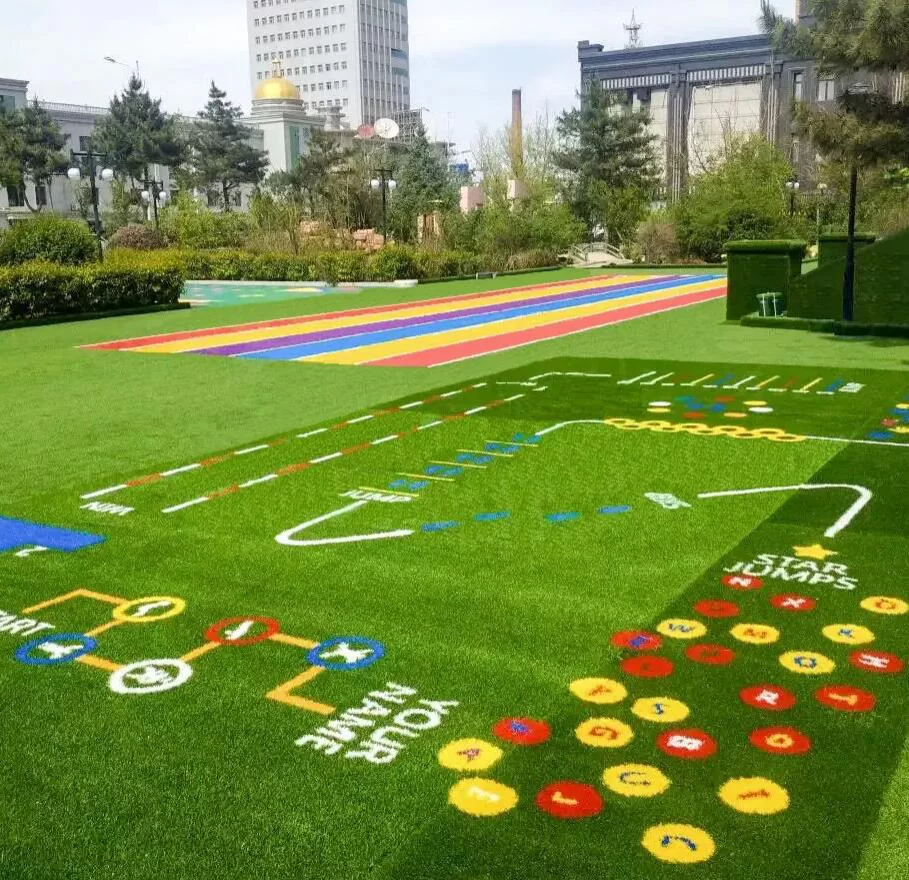

Landscaping plays a crucial role in enhancing the beauty and functionality of outdoor spaces, and selecting the right type of grass is fundamental to achieving the desired effect. Landscape grass serves as the foundation for many outdoor designs, providing a lush, green canvas that can be tailored to various climates and purposes. For example, in cooler regions, cool-season grasses like Kentucky bluegrass or tall fescue thrive, maintaining their vibrant color throughout spring and fall. In contrast, warm-season grasses such as Bermuda grass and Zoysia are perfect for hotter climates, offering durability under intense sun and heavy use.
For homeowners and landscapers looking for an immediate green effect, landscape sod is a practical choice. Sod comes pre-grown and rolled into sections that can be quickly laid over prepared soil, offering an instant lawn with reduced weed growth and erosion control. This method is especially useful for areas that need quick landscaping turnaround or for repairing damaged lawns.
However, natural grass may require substantial upkeep, including watering, mowing, and fertilization. This is where artificial grass landscaping comes in as a modern alternative. Made from synthetic fibers designed to look and feel like real grass, artificial turf requires minimal maintenance, saves water, and remains vibrant throughout all seasons. It is especially advantageous in drought-prone areas or spaces with heavy foot traffic where natural grass struggles to survive.
Moreover, incorporating tall grasses for landscaping adds an architectural element to any garden or yard. Ornamental grasses such as Miscanthus, Pampas grass, or Switchgrass provide height and movement, creating natural screens for privacy or wind protection. They also offer habitat for birds and beneficial insects, contributing to a balanced garden ecosystem.
In conclusion, whether choosing natural landscape grass, fast-growing landscape sod, or low-maintenance artificial grass landscaping, understanding the types of grasses and their unique benefits can help create a sustainable, visually appealing, and functional outdoor environment. Selecting grasses based on climate, soil, and intended use ensures a thriving landscape that enhances property value and enjoyment.
Hit enter to search or ESC to close